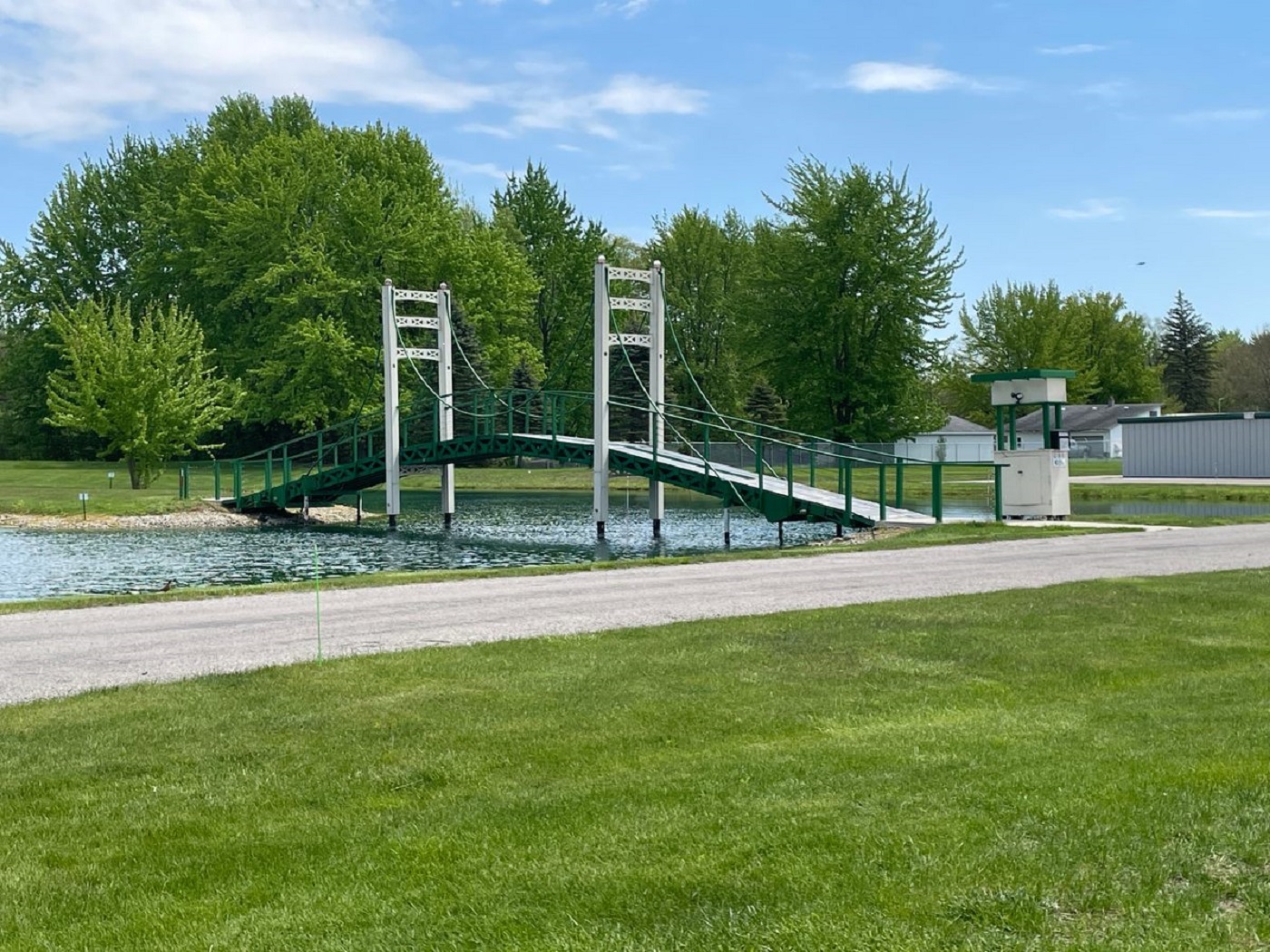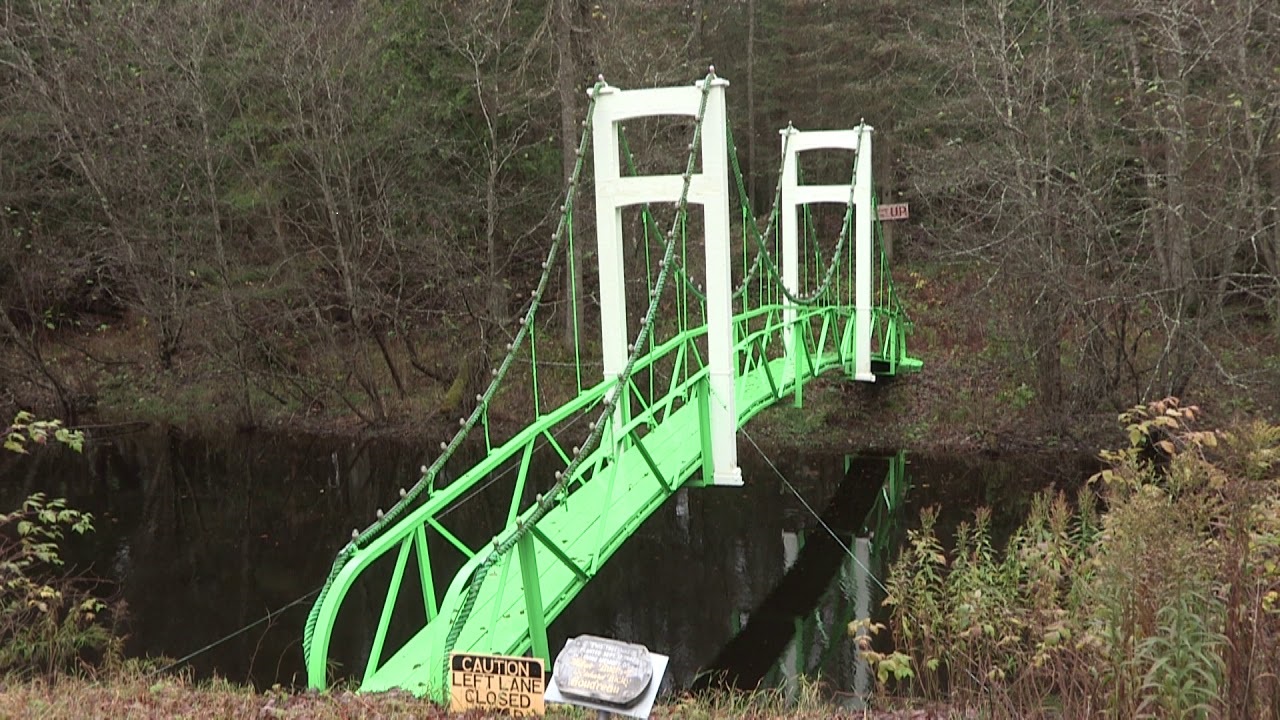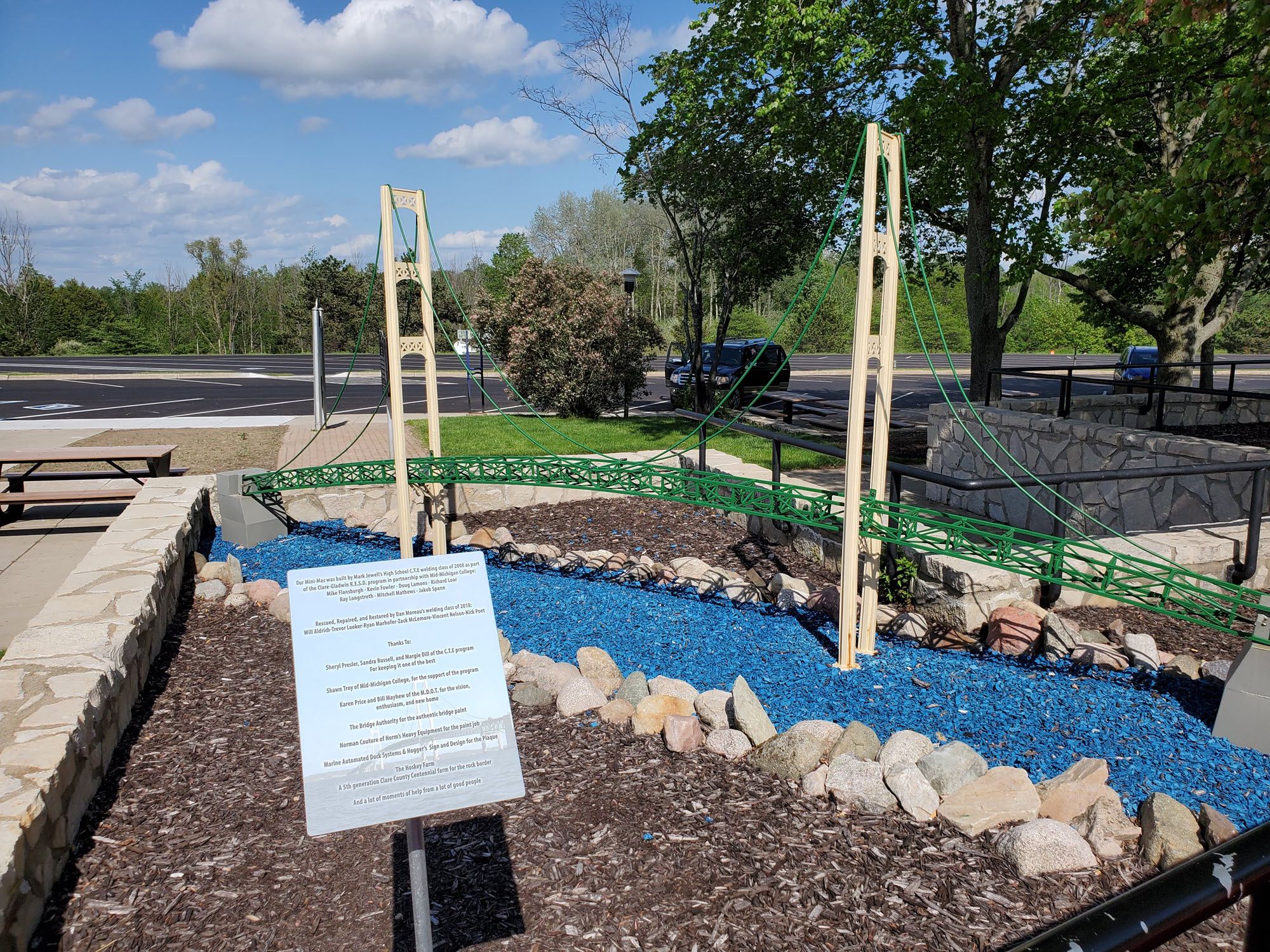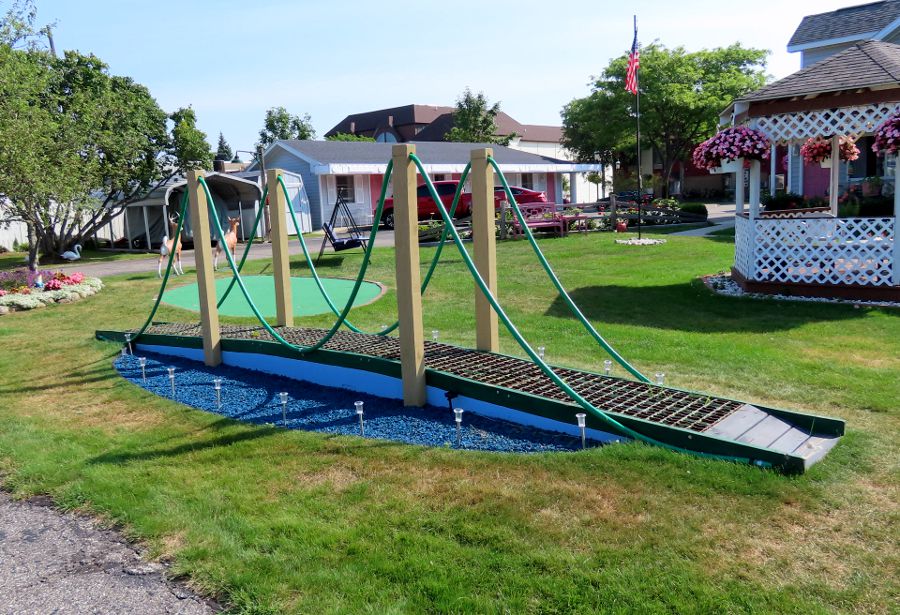Brian Brenner, P.E., F.ASCE, is a professor of the practice at Tufts University and a principal engineer with Tighe & Bond in Westwood, Massachusetts. His collections of essays, Don’t Throw This Away!, Bridginess, and Too Much Information, were published by ASCE Press and are available in the ASCE Library.
In his Civil Engineering Source series More Water Under the Bridge, Brenner shares some thoughts each month about life as a civil engineer, considering bridge engineering from a unique, often comical point of view.
The state of Michigan comprises two peninsulas separated by Lake Michigan and Lake Huron. These freshwater bodies are more like inland seas than lakes. The gap between the lakes, the Straits of Mackinac, creates a physical barrier between the state’s lower and upper peninsulas. Until 1957, you had to board a ferry to cross the 5-mile-wide Straits. Rides were about 30 minutes once you were on the ferry, but the wait could be hours long before that, especially on weekends. Even with year-round ferries fitted with icebreakers, the harsh northern Michigan weather frequently delayed or interrupted service. Land-based detours around the lakes were hundreds of miles long and impractical. Regional residents looked forward to the construction of a bridge to provide a faster and more reliable connection.

It was worth the wait. The impressive Mackinac Bridge opened on November 1, 1957, reducing the crossing time to six or seven minutes. Locals know the bridge as the “Mighty Mac.” Its design features a series of long deck trusses connecting the centerpiece: a spectacular suspension span, to date, one of the longest suspension bridges in the world. The sculptured towers have a distinctive form developed by chief engineer, David Steinman. The bridge has had a major regional impact, providing a level of connectivity and reliability, and helping to close the big transport gap between the two parts of the state.
The specter of the failed Tacoma Narrows Bridge influenced the design of the Mackinac. While the first Tacoma Narrows Bridge was slender and narrow, the Mackinac Bridge features a deep stiffening truss, and at the center half the roadway deck has an open metal grillage to reduce upward wind loading and flutter. Parts of the grillage are frequently replaced during bridge maintenance, and the Mackinac Bridge Authority sells pieces of old deck grillage. In this case, that old cliché about being sold a bridge has some merit.
Over the decades, the Mackinac Bridge has functioned not just as a bridge but as a regional symbol. There are few places in the world where a bridge has so dramatically impacted the landscape. Residents sponsor all sorts of bridge appreciation events and festivals, such as the annual Bridge Walk, where the bridge is closed on a September morning, and hikers are invited to walk the spans.
 Keith Stokes at MightyMac.org
Keith Stokes at MightyMac.org On a smaller scale, residents have expressed their bridge appreciation by building models of the bridge. The Mighty Mac has spawned dozens of “Mini Macs” across the state. These bridge models come in many shapes and sizes, and many are for pedestrians. In this article, I describe six of the Mini Macs.
The town of St. Louis, Michigan, is the site of a popular Mini Mac. The pedestrian bridge crosses a pond near the “Mini Mac” storage facility. It is in a largely rural area with small farms adjacent to the site. The bridge is not too far off a freeway and tourist guides reference it as a popular, offbeat place to visit. You can walk across the bridge, which has replicas of the iconic towers from the Steinman original. It is 120 feet and not 5 miles long, so the walk across it is a lot shorter.

For all kids growing up with an Erector set (including me), Mini Mac #2 is for you. It is an incredible, 101-inch-long scale model recreation of the bridge that was displayed at the 50-year bridge anniversary celebration in 2007 (photo below). This model faithfully recreates many Mighty Mac details, such as the piers and stiffening truss. Little toy cars and trucks can be seen driving on the deck. This model had many more pieces than the average Erector set, or probably any Erector set for that matter. It took five years to build by the late Forrest Wyrick, a model enthusiast. It is currently exhibited at the Michigan Science Center in Detroit.
 Keith Stokes at MightyMac.org
Keith Stokes at MightyMac.org

Also found on the Upper Peninsula is this labor of love. It is at a deer blind hunting camp about 5 miles north of Bruce Crossing. The original 12 members of the camp, referred to as the “Dirty Dozen,” have passed, but Marty Madden maintains the camp. His story of building a Mini Mac is described here.

Should you need to take a break while driving on the U.S. Route 127 freeway, you can stop at a rest area near Clare, Michigan. This stop has a full suite of services, including fuel, restrooms, food, and an excellent Mini Mac at the entrance. The structure was designed and constructed by students in a high school welding class.

Mini Macs can be found at many resorts and tourist stops. In Mackinaw City, just south of the bridge, the Rainbow Motel hosts guests and a nice Mini Mac near the gazebo. This model is walkable and features a piece of grillage retired from the Mackinac Bridge.
 Keith Stokes at MightyMac.org
Keith Stokes at MightyMac.org In researching this article, I found many, many more Mini Macs. Many more. Building a Mackinac Bridge model is apparently a popular activity in Michigan. For the less-handy bridge enthusiasts, you can purchase Mackinac model building kits. Clearly, the Mackinac Bridge has inspired a statewide obsession. Having an entire state obsessed with a bridge is a good thing, in my opinion.
I decided to limit this story to six models so I could work on other things and have time to sleep and eat. A structural evaluation was performed on the six Mini Macs described herein. The purpose of the evaluation was to determine how closely the model Mackinac bridges compared in function to the actual full-size bridge. Table 1 below summarizes the results of the evaluation. In the table, the Mini Macs are identified by the number from the descriptions above.

Based on this sophisticated study, Mini Mac #2, the large Erector set model, is clearly the best in its bridge structural function. Unlike the other five, it is an actual suspension bridge and not just a decoration. The scale of this model is about right and it has a breathtaking level of detail. You can spend hours just gawking at this great creation at the Michigan Science Center in Detroit.
What the six Mini Macs have in common, in addition to their many siblings around the state, are Michiganders’ joyful (and maybe a little obsessive) efforts to recreate smaller versions of the big brother for themselves and their neighbors. Their models come in all shapes, sizes, and levels of complexity. They all express reverence and appreciation for the great Mighty Mac. Many other bridges serve their function well but tend to fade into the background. But not the Mackinac Bridge. In its nearly 7 decades crossing the Straits, Mighty Mac has had an oversized impact on its landscape and has inspired affection in an oversized way.




